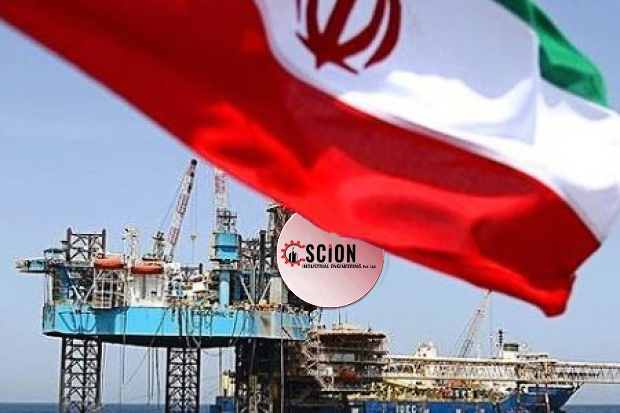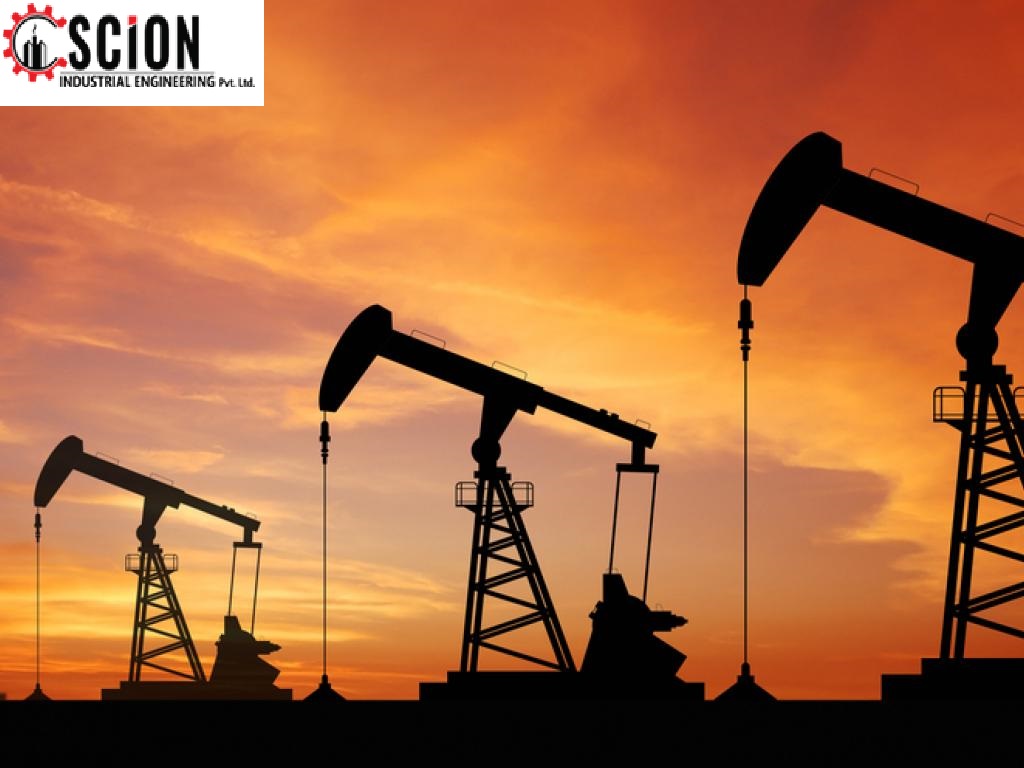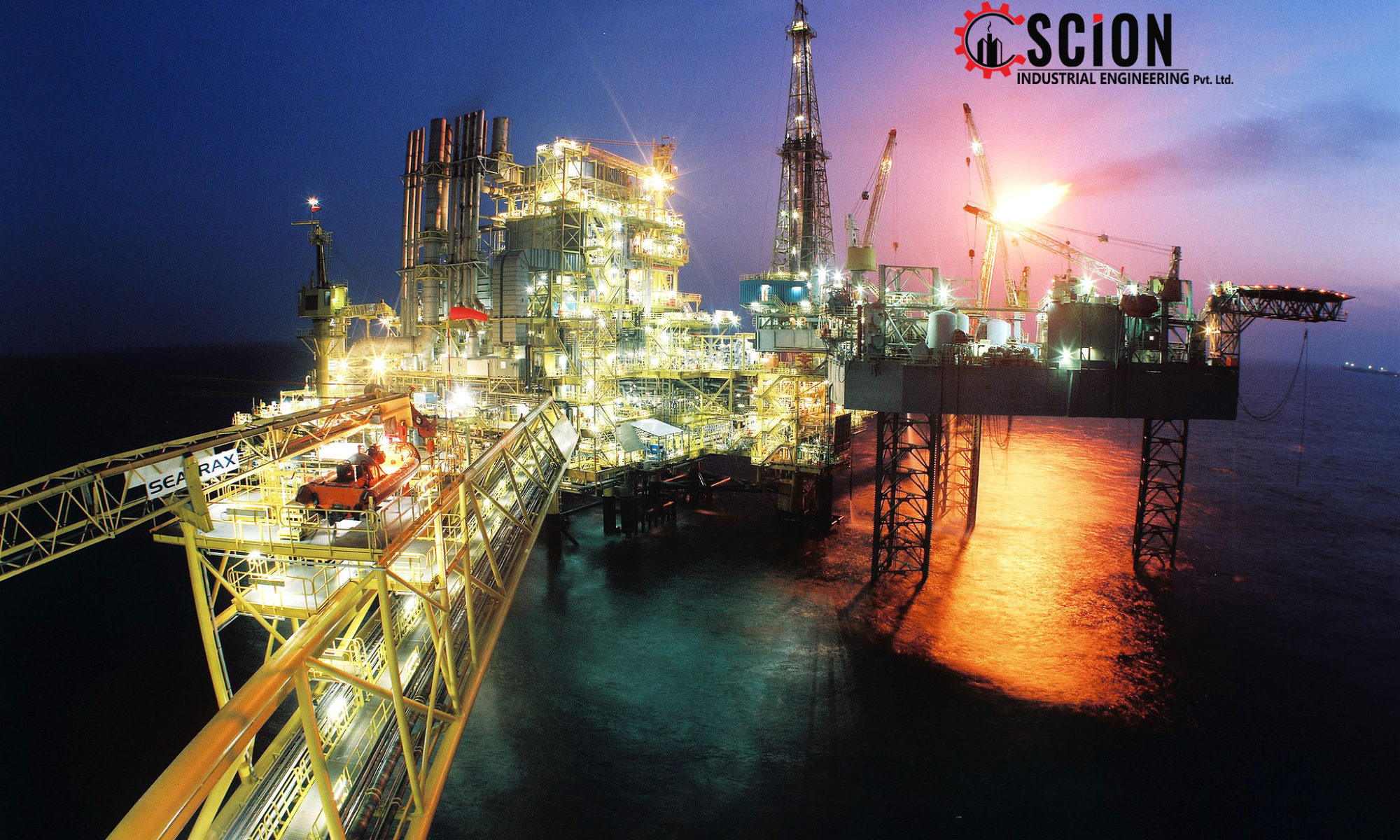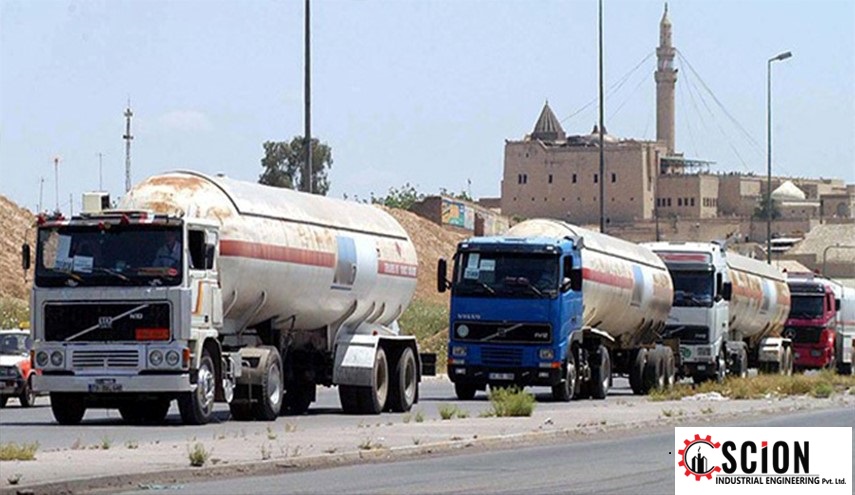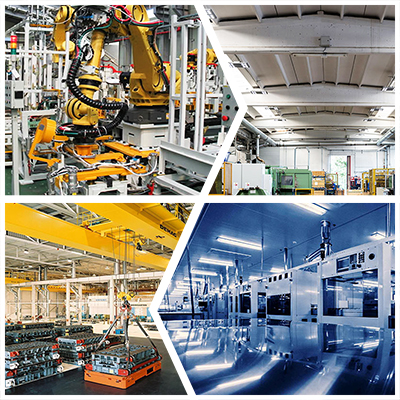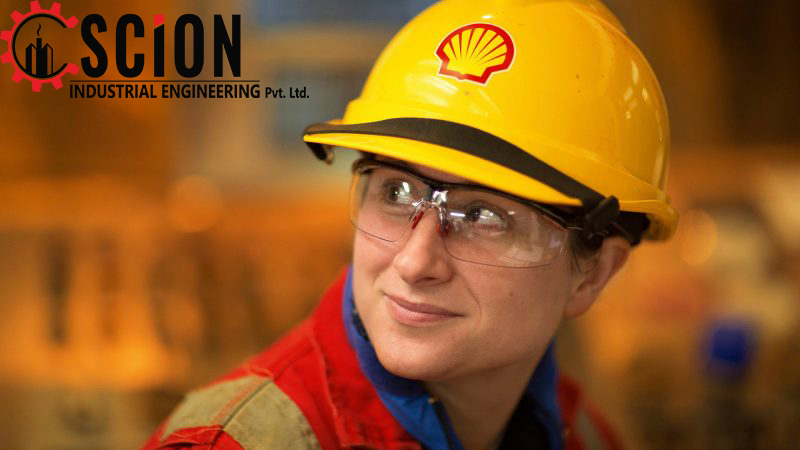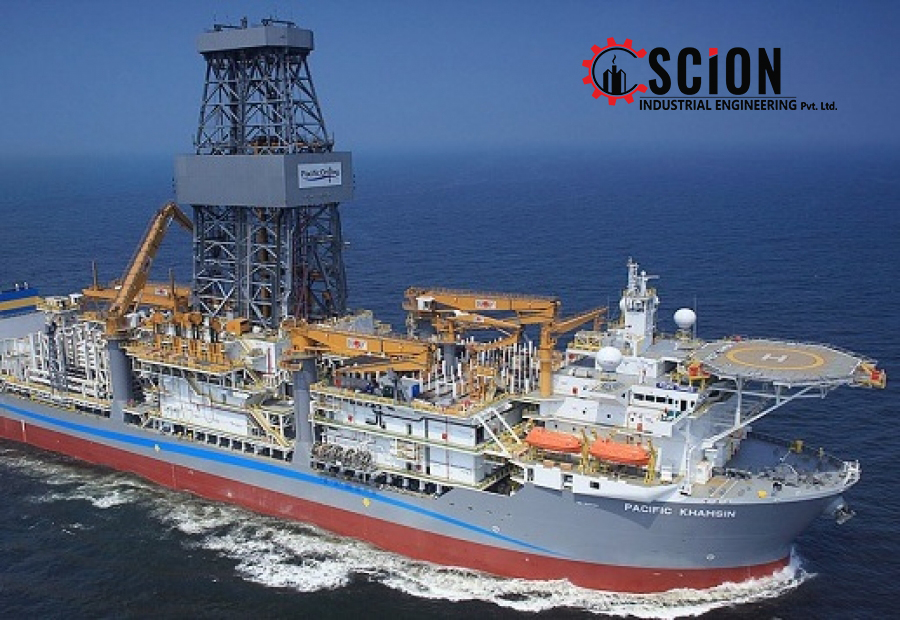An expert in oil market says a huge investment tide is under way in Iran’s oil industry provided that financial interactions of the country and the world normalize.
Speaking to Shana, Mahdi Asali, a veteran expert in oil market and political energy economy, said if Iran’s international relations become normalized and stable, and the country’s financial interactions with international banks and centers recover, it shall expect a huge investment tide in its oil industry by foreign financiers.
The senior expert on energy economics emphasizes the need for global investment in Iran’s oil industry in line with the world’s state-of-the-art technologies, and said: “In the face of low oil prices, OPEC countries, especially Iran and other Persian Gulf littoral states, can better compete with non-OPEC producers in attracting the world’s capital and technologies.
The following is his responses to the three questions Shana asked on the current oil market status.
Shana: Bloomberg’s news service recently quoted sources as saying that Aramco, through one of its affiliates in the United States, has been examining the possibility of sending US crude to the Asian market in February. What is your assessment of Riyadh’s efforts to export shale oil to Asian countries?
Asali: “It can be said that the Saudis are preparing for the supply of Aramco shares in the world’s financial markets, and Saudi Aramco is gradually operating like other oil and gas companies, whose shares are traded on the market and its value depends on the professional management and profitability of these companies in the global oil markets. The difference here is that Aramco’s financial resources are likely to be higher than most of the world’s oil and gas companies, as its production and export of crude oil and its byproducts are higher. These measures could be inferred as part of a Saudi strategy to prepare Aramco for performing a stronger international role. On the other hand, it is a measure to safeguard the long-term interests of itself, and in general, Saudi Arabia.
In my opinion, Saudi Arabia cannot or, for unannounced reasons, does not want to increase its crude oil output, as it has continually reduced its crude oil storage in the last two years in onshore inventories. For this reason, it has taken this clever strategy to keep its customers in the developing markets of Asia, on the one hand, and ensure its presence in the American energy market, on the other.
Saudi Arabia’s presence in the US shale boom will provide Riyadh the necessary intelligence of the industry to ensure a better position in the Organization of Petroleum Exporting Countries (OPEC), in order to affect the crude oil market. For example, a heated topic regarding US shale oil is the discussion that at which price range the item’s production can highly increase to slash the prices. The presence of Aramco in the shale oil market will provide the Saudis with accurate, in-depth information about production, process, and dynamics of manufacturing technology and investment in the financial markets in the industry, which will provide Saudi Arabia with the benefits and risks of these investments, which can lead to more effective positions in the oil markets and OPEC. And as a result, it will help Riyadh to better manipulate OPEC decisions.
Shana: The lack of investment in oil producing countries is one of the major concerns of consumers in the future. Under the current circumstances, how necessary do you think OPEC capacity building would be?
Asali: According to the International Energy Agency, investment in the energy sector, including investment in the global oil and gas industry, has declined by an average of around 20% per year over the past three years due to low oil prices (as compared to the 2011-2014 period). Of course, the performance of OPEC countries has proved relatively better than that of non-OPEC countries, due to lower OPEC production costs than non-OPECs, which allows OPEC members, especially its Middle East members, to profit even at low prices. From this point of view, consumers’ concerns can be realized because they believe that with the growth of demand by Asian countries and the lack of capacity building, oil prices in the coming years will undergo another leap that will put pressure on some of these countries.
It should also be noted that, as a matter of fact, at low oil prices, OPEC countries, especially Iran and other Persian Gulf OPEC members, can better capture global investments in their oil and gas industries in competition with non-OPEC countries, and if this does not happen, at least for countries like Iraq and the countries in north Africa, it is because of high risks of investment in these countries springing from their political and social instability.
Speaking of Iran, it seems, if the international relations of the country are normalized and stabilized, and the financial interactions of the country with world financial centers recover, we can witness a leap in foreign investment in the oil and gas industry of the country, which is highly needed for the reconstruction and modernization of production and refining technologies in the country.
Shana: What will be the fate of the OPEC and non-OPEC production cut agreement, and how much will an economized shale oil production threaten this deal?
Asali: OPEC and non-OPEC producers have renewed their agreement to maintain the current production ceiling and extend it until the end of 2018 and all parties of the agreement are apparently complying with it. Reports suggest restoration of the balance in the oil market and the lowering level of oil inventories to the average level of five years ago.
As long as Saudi Arabia is not able to increase its production or, for some reason, does not wish to ramp up its [crude oil] production, it tries to extend the OPEC and non-OPEC agreement so not to lose its market share to its OPEC and non-OPEC rivals and keep the prices at its desired levels. Recent market reviews suggest that the prices will reach the range of $70 per barrel.
But it should not be forgotten that in the current market, the unconventional shale oil has effectively eliminated the effectiveness of OPEC at high prices, and there is a consensus that if oil prices remain high for the time needed for investments in new shale oil production capacity building, the prices will decrease, so it is common sense that OPEC and its non-OPEC allies should prevent such an undesirable situation by ramping up production to prevent price increases which lead to hikes in shale oil glut in the market. It is for this very reason that, in recent days, Russian authorities, including Russian energy minister, have spoken about the need for the flexibility of OPEC and non-OPEC member states to reduce the level of OECD’s oil and gas inventories to the level of the last five years. It should not be forgotten that OPEC’s management of oil supply and the emphasis on compliance with production quotas would find meaning only when oil prices are declining, and in the context of a stable market and gradual price rise, an increase in the production of member states in relation to the quotas of concerted production, if not encouraged, will not be seriously prohibited. Therefore, in the coming months, we will probably see an increase in production from Russia, Kazakhstan and even those OPEC countries that are able to increase their output, such as Iraq. These conditions will be a good opportunity for our country to increase its oil production capacity, because it could add to its market share without negatively affecting prices.
Source:http://www.iran-bn.com/2018/03/02/iran-oil-investment-likely-to-jump-expert/

